The doll known as Fulla, also called the “dark-eyed doll with Muslim values,” was created in November 2003 by the Syrian company NewBoy Design Studio. The doll’s name was inspired by the Fulla Jasmine flower, which is native to the Levant region. Although Fulla has a similar build to Barbie, the popular blonde-haired and blue-eyed figurine, she sports a more conservative look that appeals to the majority of Muslim families.
Fulla was created in response to the need for a more modest toy for Muslim children. While Barbie is sold in the Middle East, it has faced several bans in the past, particularly in Saudi Arabia, for being seen as too “promiscuous” or encouraging “un-Islamic dress codes.” As a result, Fulla’s modest appearance and conservative clothing have made her a more popular choice for Muslim families.
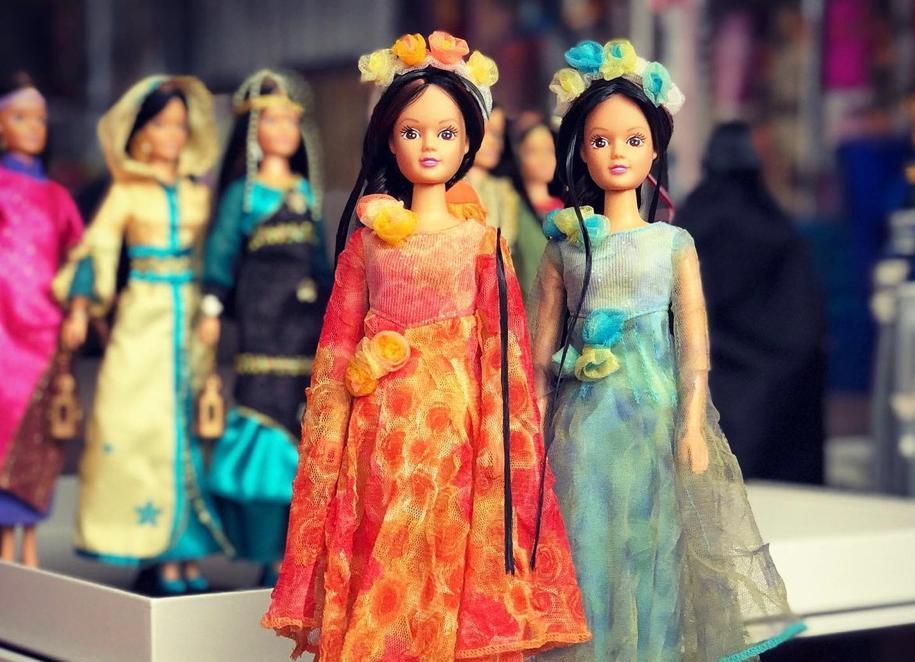
Despite efforts by Barbie to release international variations of the doll, including two from Morocco and one from Egypt, none of them have been as successful as Fulla. Unlike Barbie’s blue eyes, Fulla’s eyes are a warm mocha brown, her skin is a rich shade of caramel, and her hair is jet black. Her clothing is also designed to cover the majority of her body, in adherence with Islamic values.
Interestingly, both the Barbie and Fulla dolls are of very similar size and construction, and are even manufactured by the same subcontractor in China. However, Fulla’s popularity among Muslim families highlights the importance of cultural sensitivity and adaptation in the toy industry. With that in mind, here are 10 facts about Fulla you may not have known.
One Of 5 Kids
Fulla is a girl who hails from a large family. Her family consists of a father, mother, twin brother and sister named Nour and Bader respectively, as well as twin sisters named Basma and Nasma.
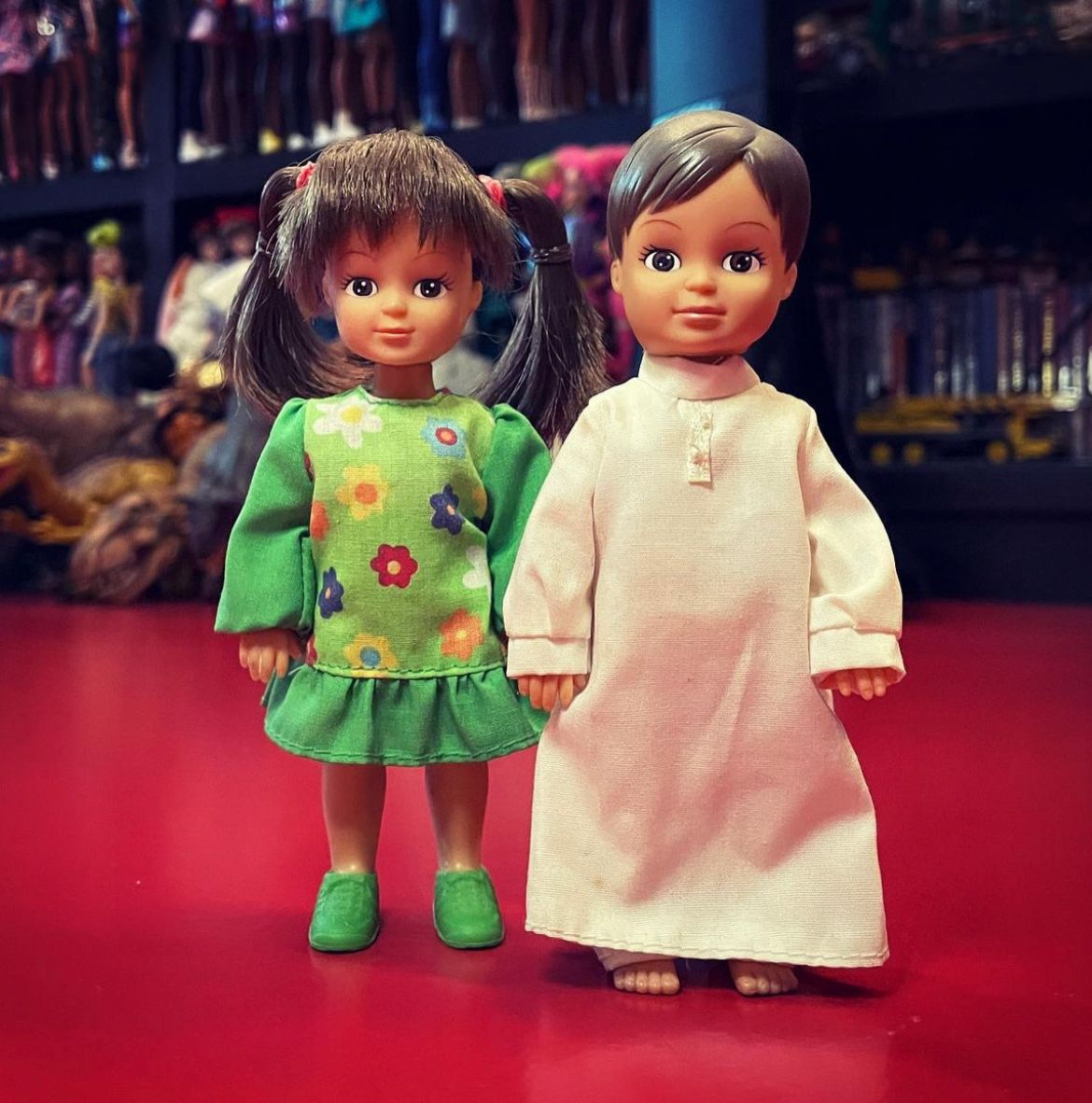
Has No ‘Ken’
As for romantic prospects, Fulla does not have any male friends nor a boyfriend. On Arab television, she is portrayed as a young woman with a pleasant voice who sings, prays, and cooks meals for friends. Fulla’s role in shaping expectations is undoubtedly a selling point for conservative Muslim parents. In contrast to Barbie, whose backstory of Ken dolls picking her up for dates in pink convertibles was found objectionable by many in the Middle East, Fulla’s modest and conservative image is more aligned with Islamic values.
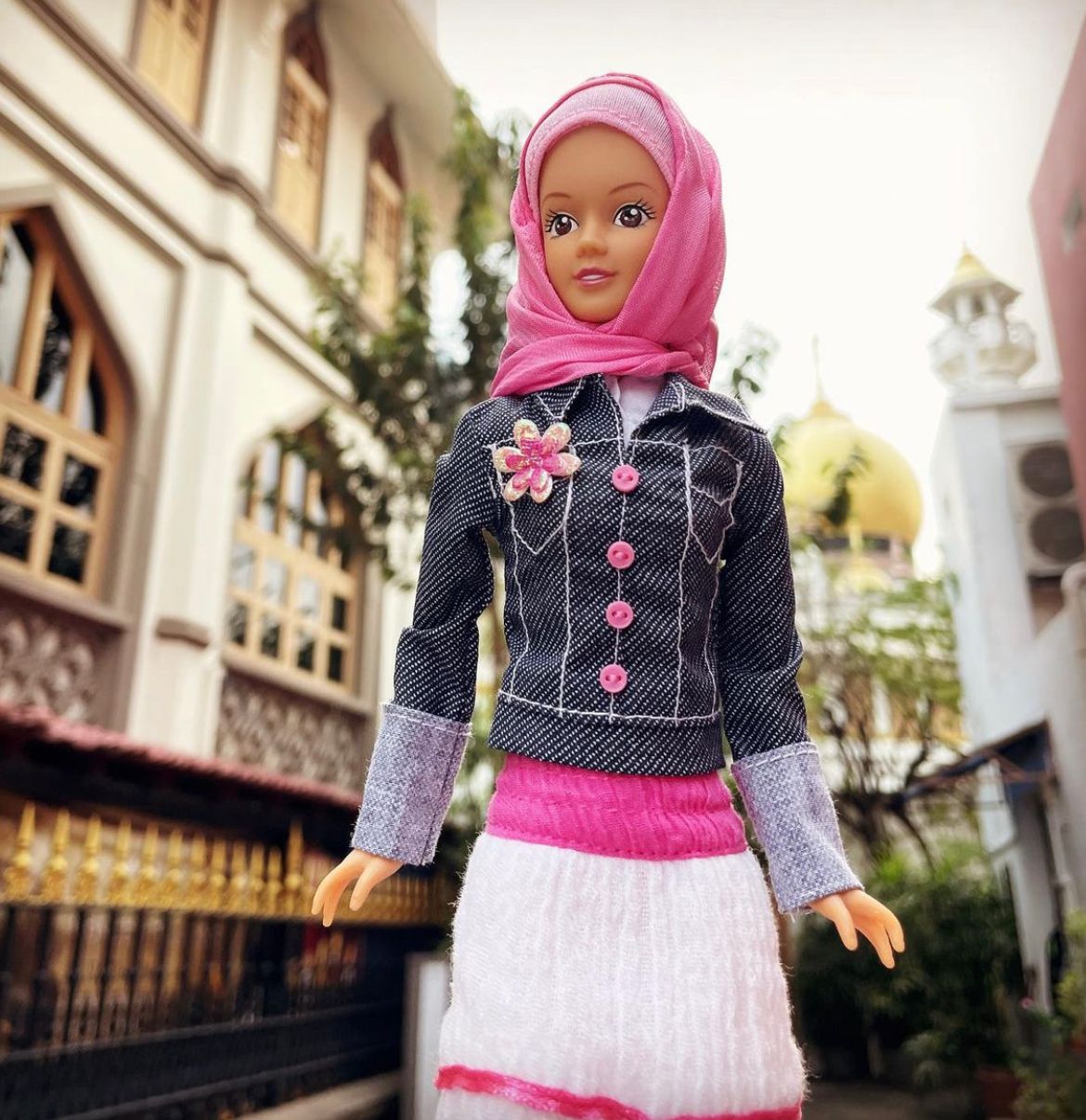
A Strong Working Women
While Fulla does not have a partner doll like Barbie’s Ken, in 2005, Fawaz Abidin, the head of marketing for Fulla at NewBoy, announced plans to introduce Doctor Fulla and Teacher Fulla dolls. “These are two respected careers for women that we would like to encourage small girls to follow,” he explained. Fulla herself is depicted as a successful doctor and teacher, with a love for reading and playing sports.
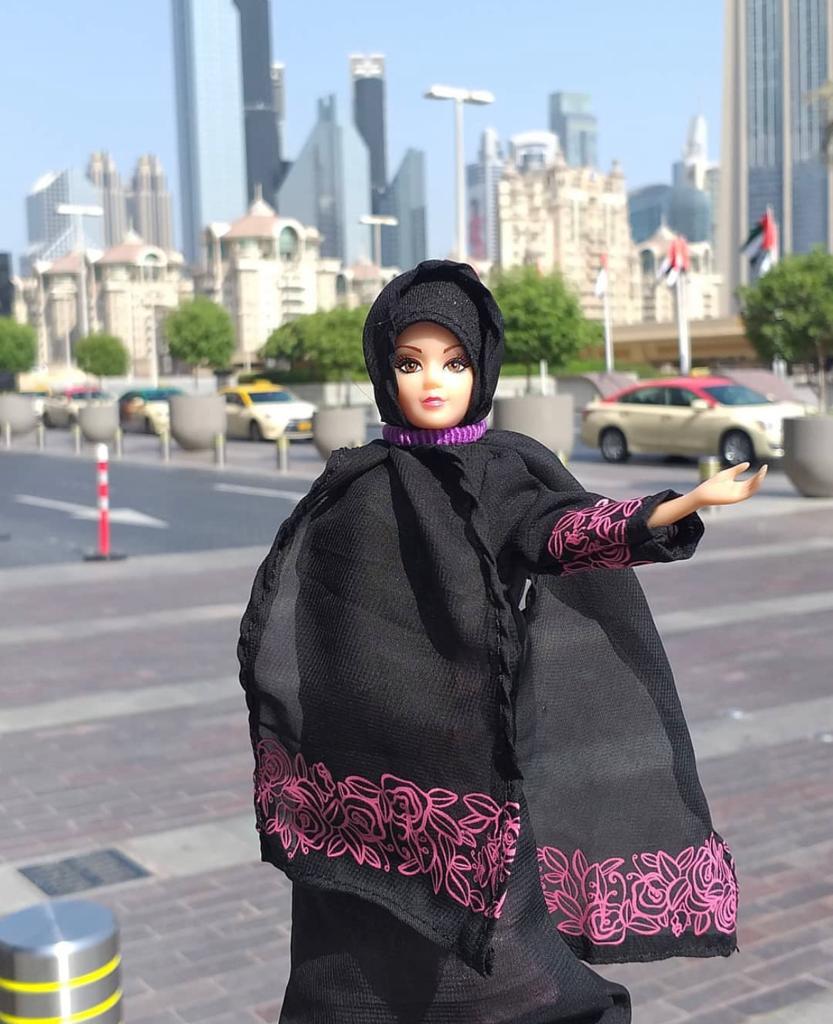
Doesn’t Wear A Bikini
Fulla’s attire for outdoor activities does not include any revealing items. Her skirts are designed to be longer than knee-length, and her shoulders are always covered. While Fulla is marketed with various trendy clothing options, furniture, jewelry, and grooming accessories, swimwear is not included in her wardrobe to respect Muslim modesty.
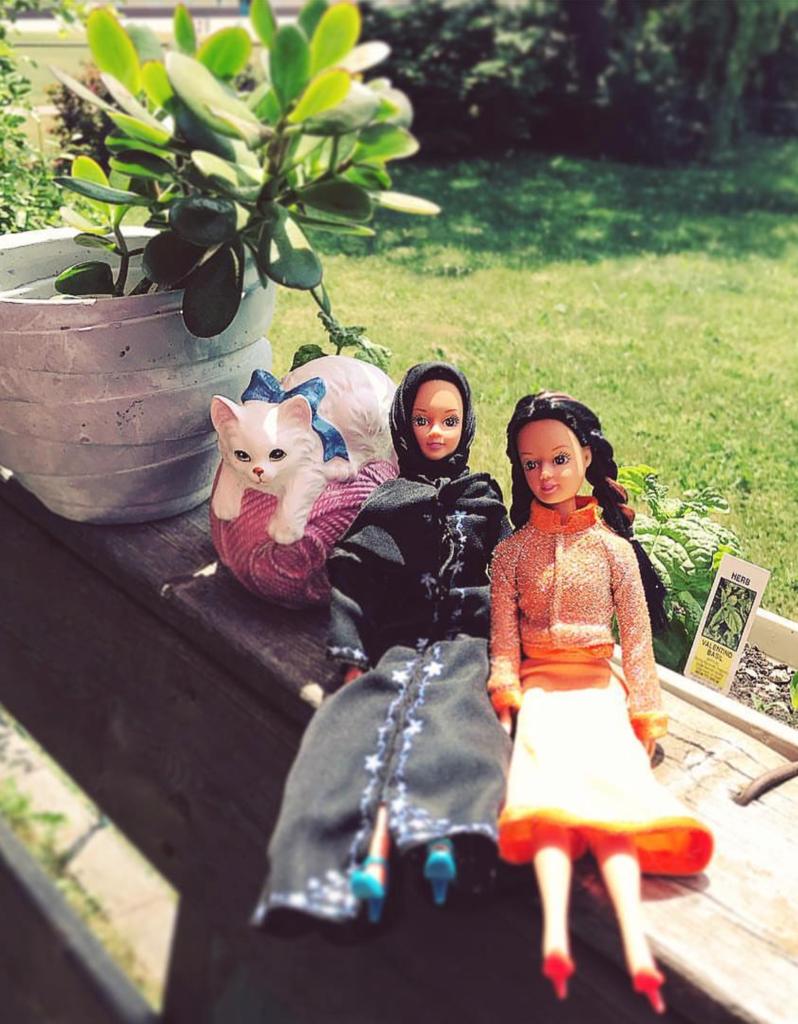
She’s Around Half The Price Of Barbie
Fulla costs about half as much or less than Barbie, which is a significant price gap considering both products have very similar designs.
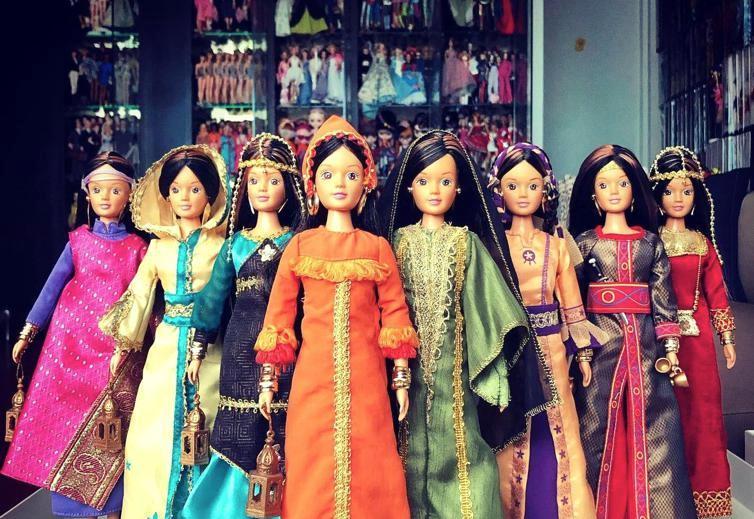
Her Underclothes Are Painted On Her
Underneath Fulla’s outer clothes, her underclothes, a tank top and pants, are painted on her upper and lower torso. This painted-on clothing was a solution used to protect her modesty.
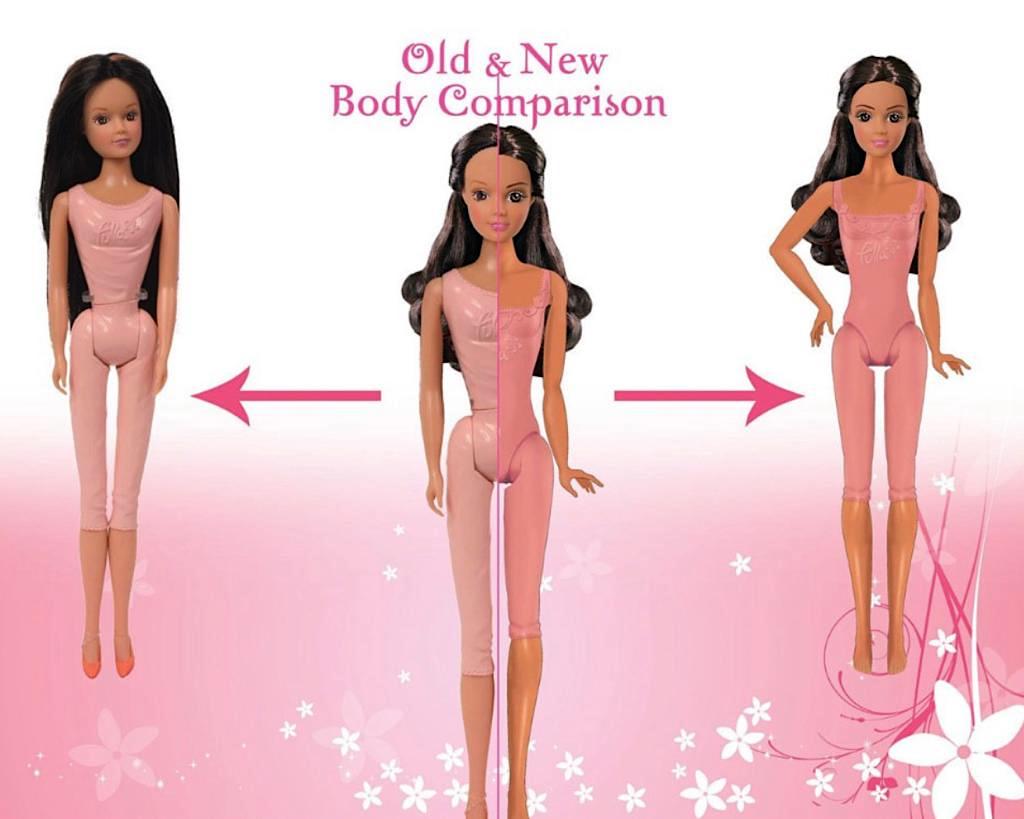
She Comes With Middle Eastern Accessories
Fulla features Middle Eastern accessories such as a prayer mat, a ‘sebha’ prayer beads, an Arabic tea kettle set, an ‘abaya’ robe, and an oil lamp lantern.
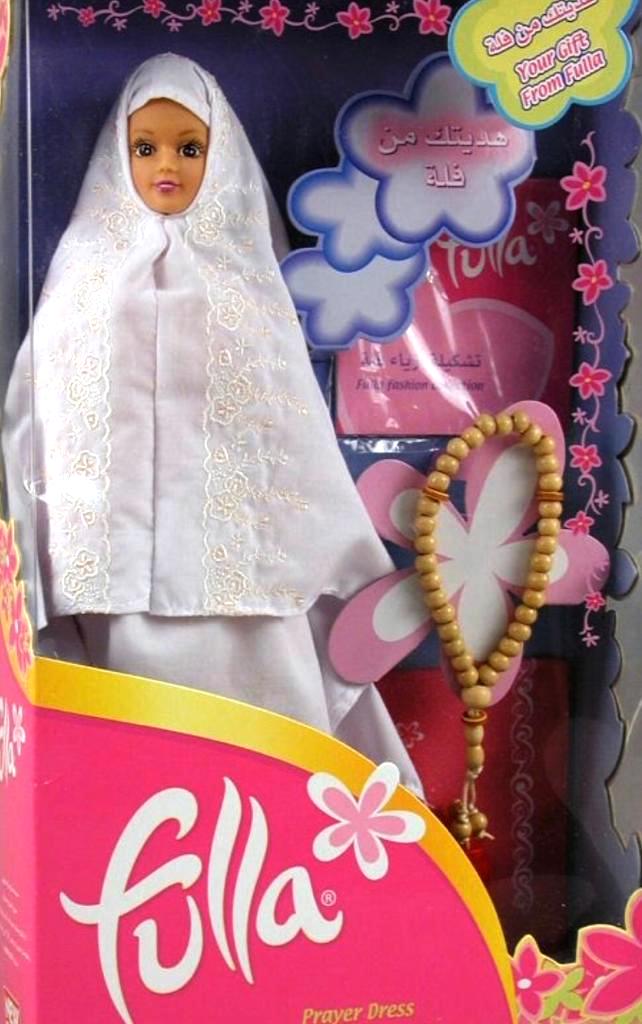
Comes In A Veiled & Non-Veiled Version
Multiple versions of the Fulla doll are available, including ones with and without a hijab depending on the target market. The vast majority of Fulla dolls sold in Saudi Arabia come with a hijab head covering or are packaged with a matching head scarf.
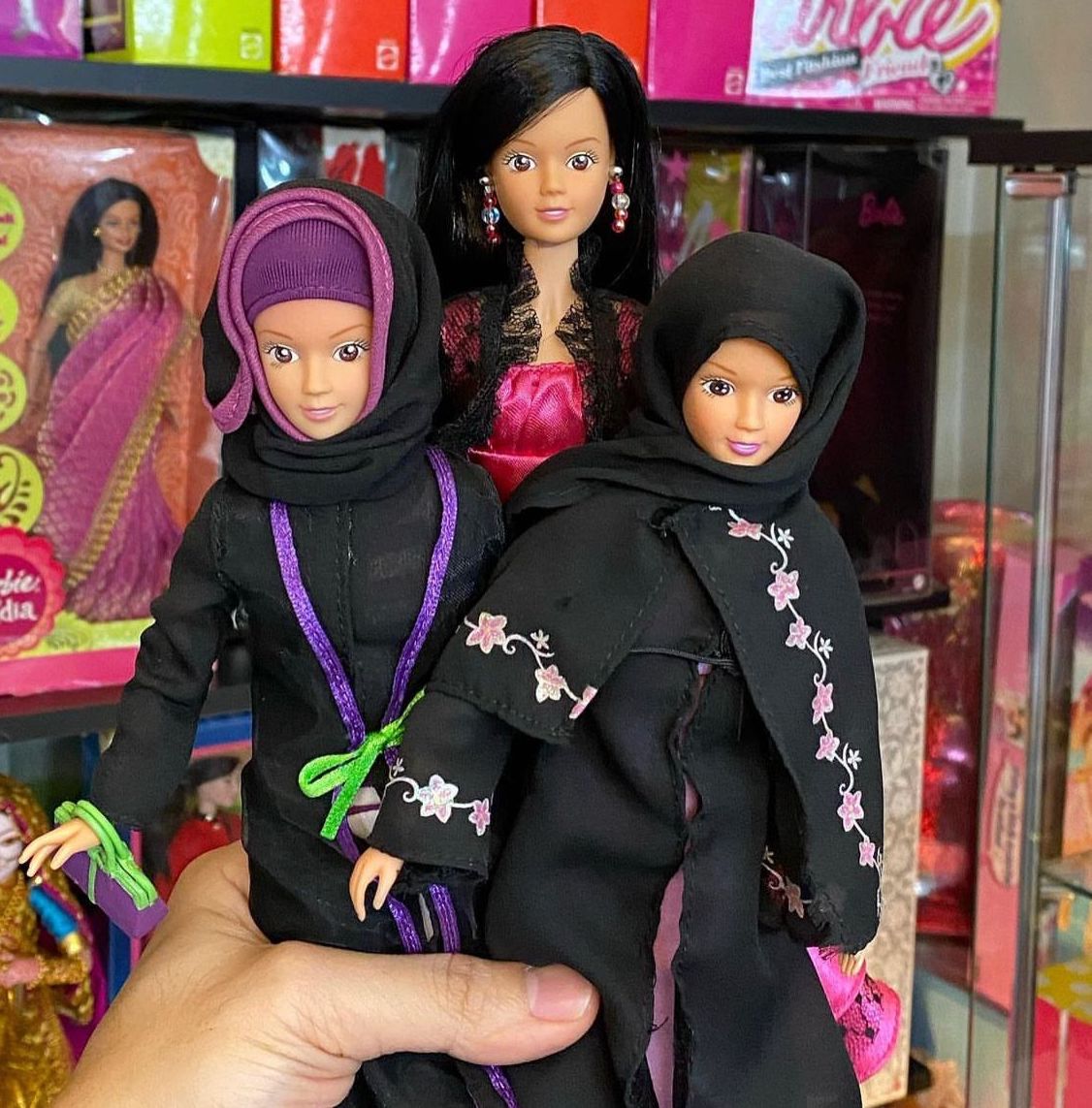
She Is Sold Worldwide
Fulla is sold not just in the Middle East but also in other countries like China (where it appeals to the Hui minority), Brazil, India, North Africa, Malaysia, and Indonesia. A small number are also sold in the United States. During Fulla’s first two years on the market, 1.5 million dolls were sold worldwide across these regions.
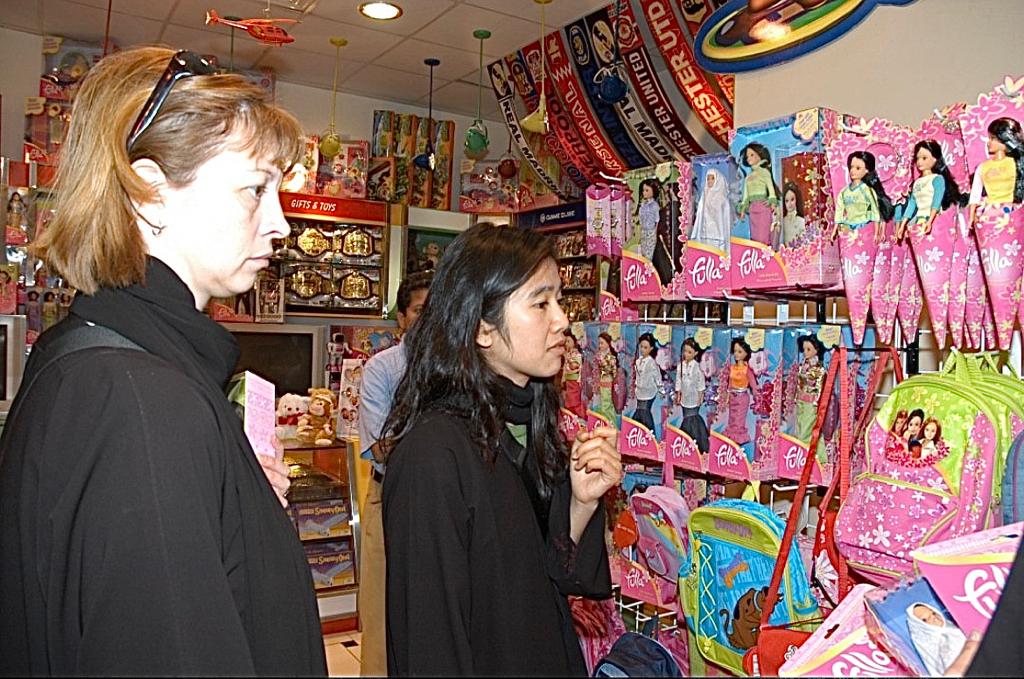
She Empowers Young Girls
The message that Fulla brings is promoting good virtues for young girls. It’s asking girls to be proud of who they are and not dress like other dolls and act like sex symbols.
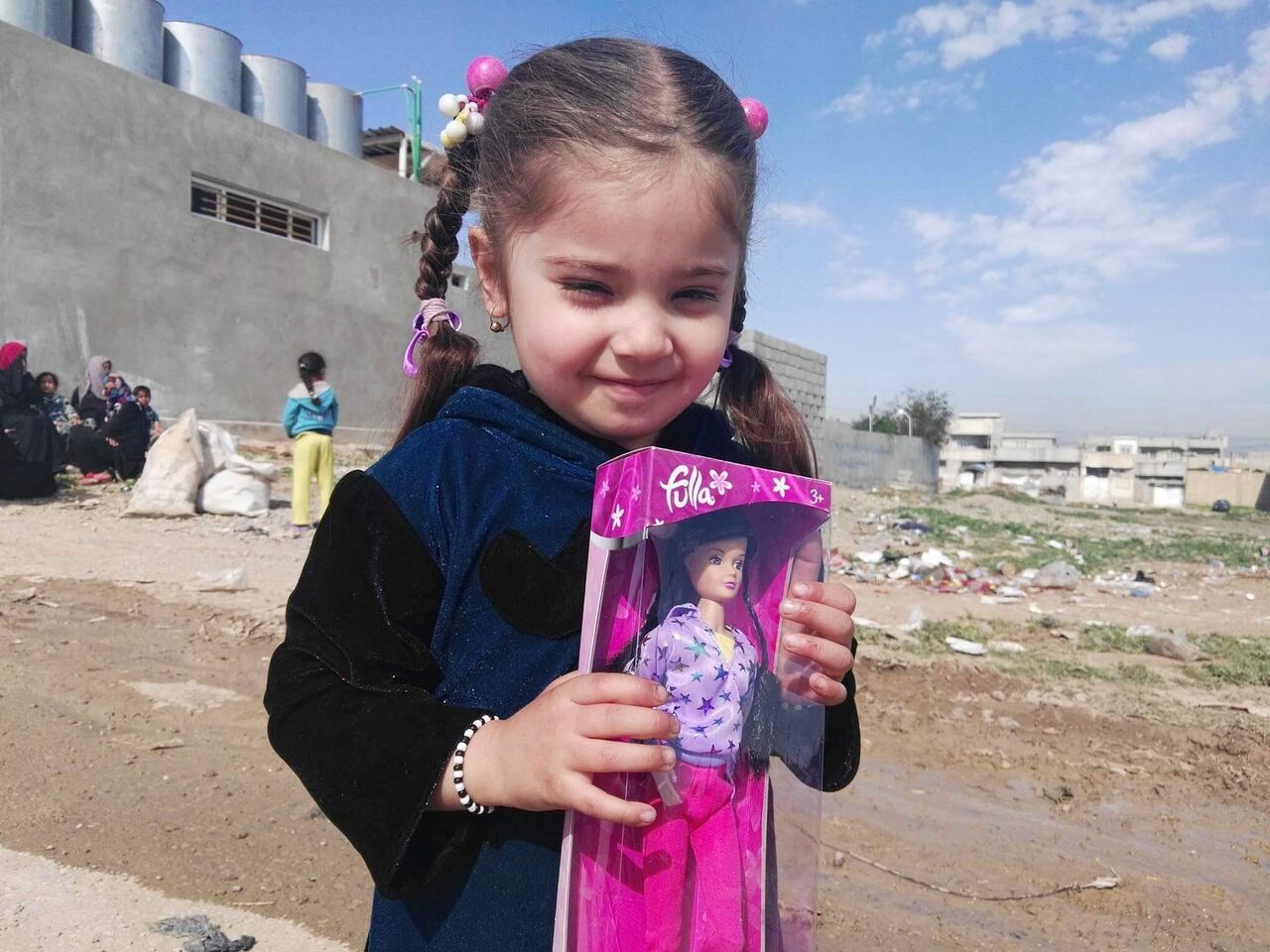
While Barbie enjoyed widespread popularity globally, its perceived Western ideals does not resonate with more conservative cultures. The creation of Fulla demonstrates the demand for culturally relevant toys that align with the values of Muslim families. Fulla’s popularity in the Middle East has paved the way for more toys that celebrate cultural identity rather than promoting a singular Western beauty standard.
WE SAID THIS: Don’t Miss…To All Barbie Lovers, Here Is Mattel’s First Hijab-Wearing Doll Ever


